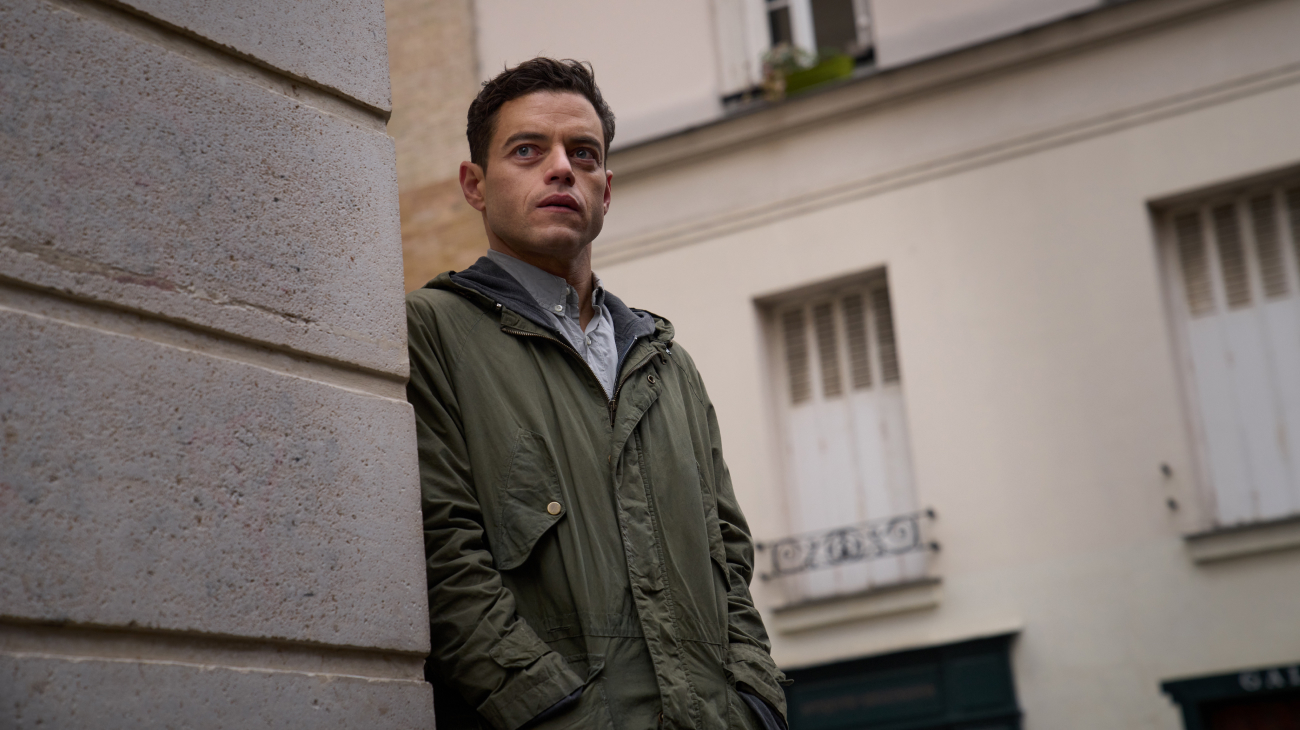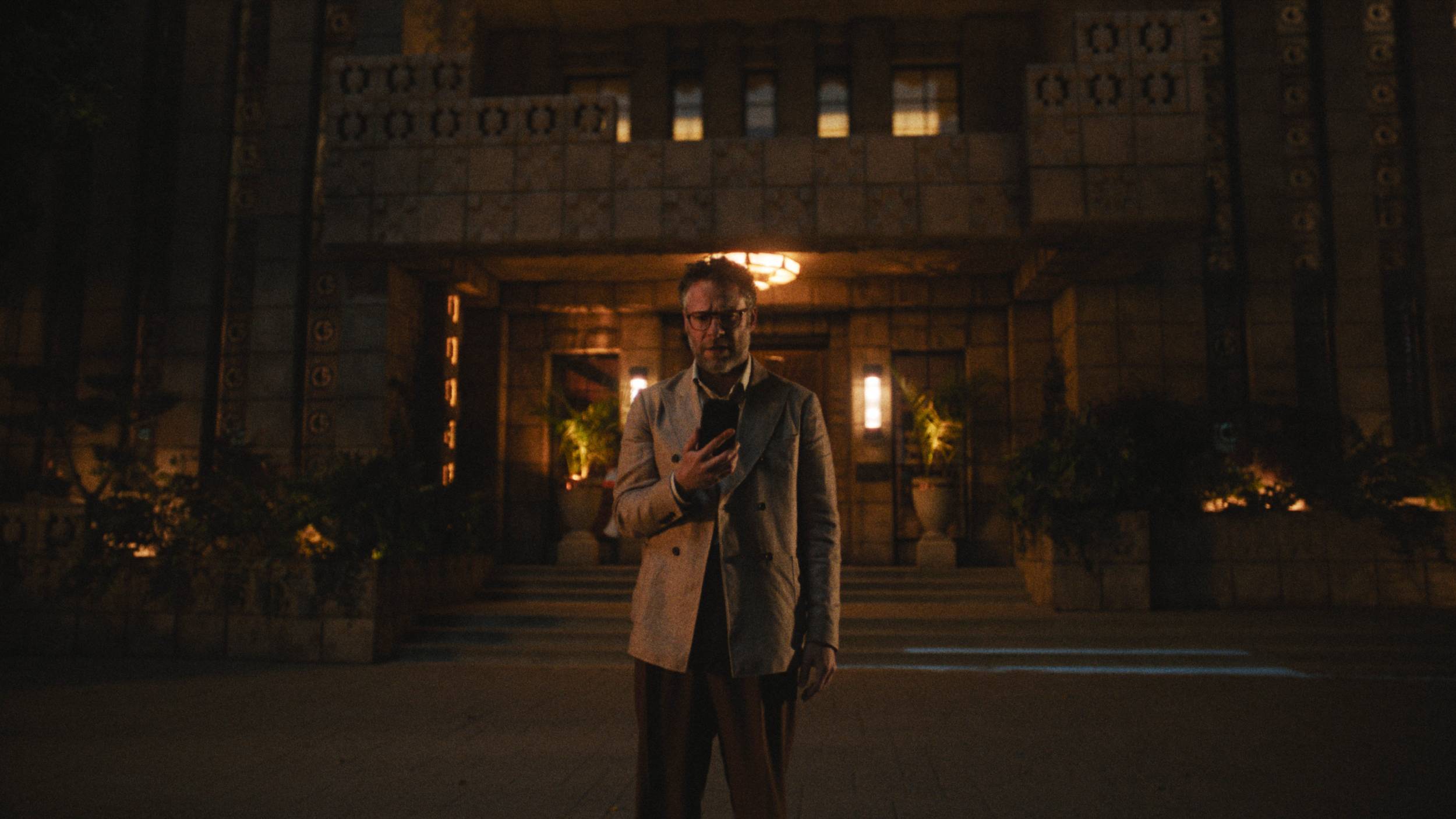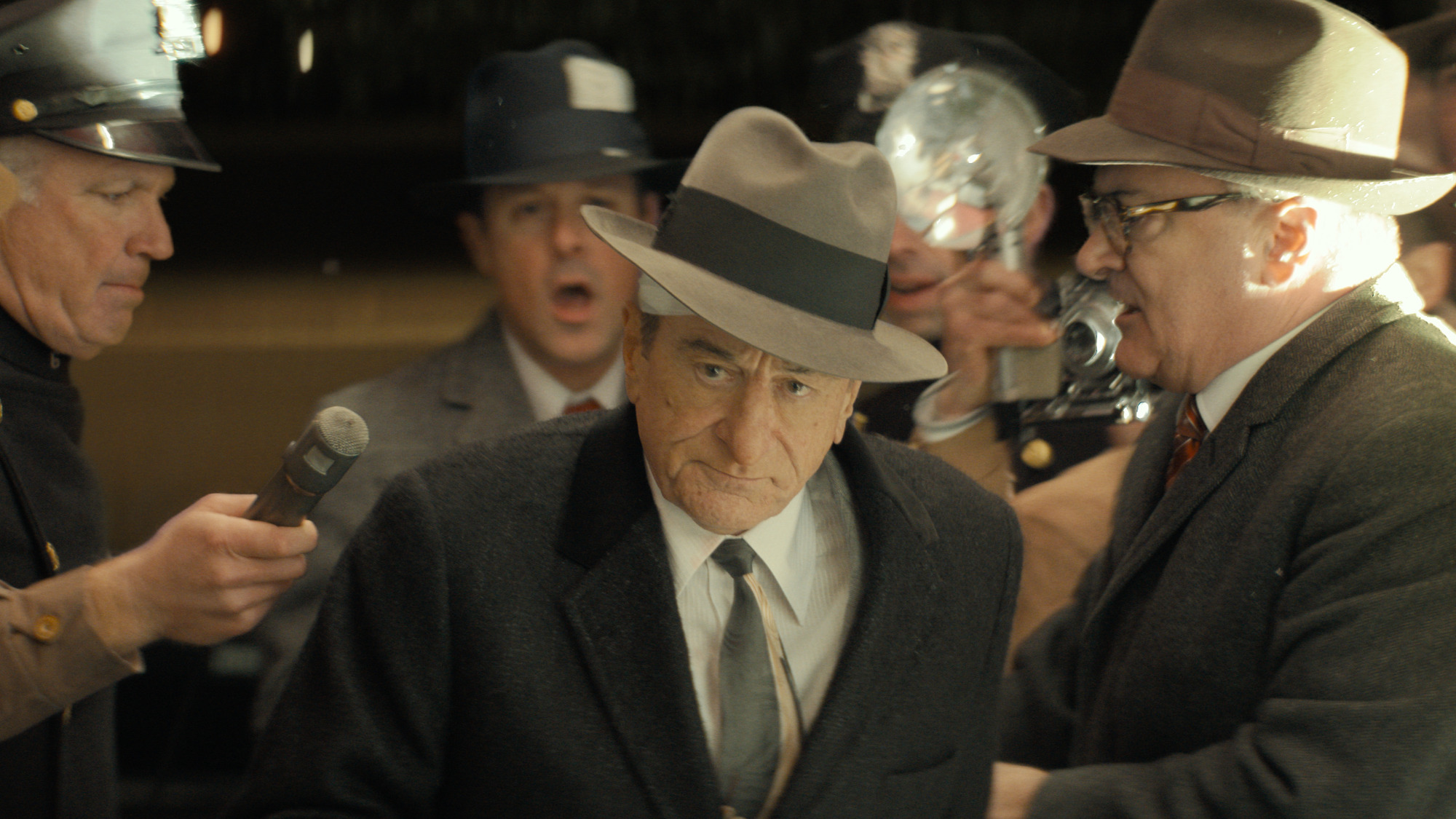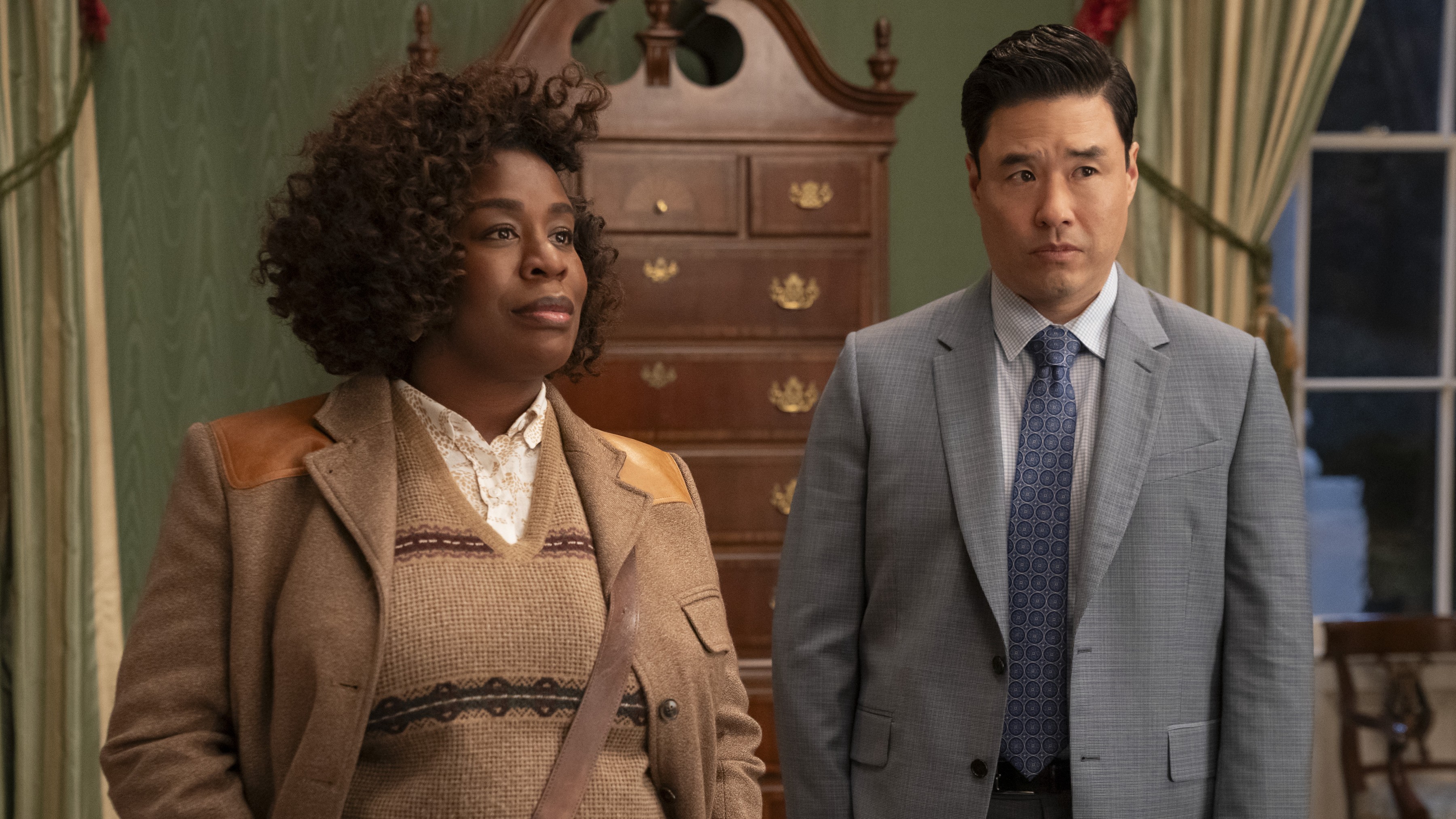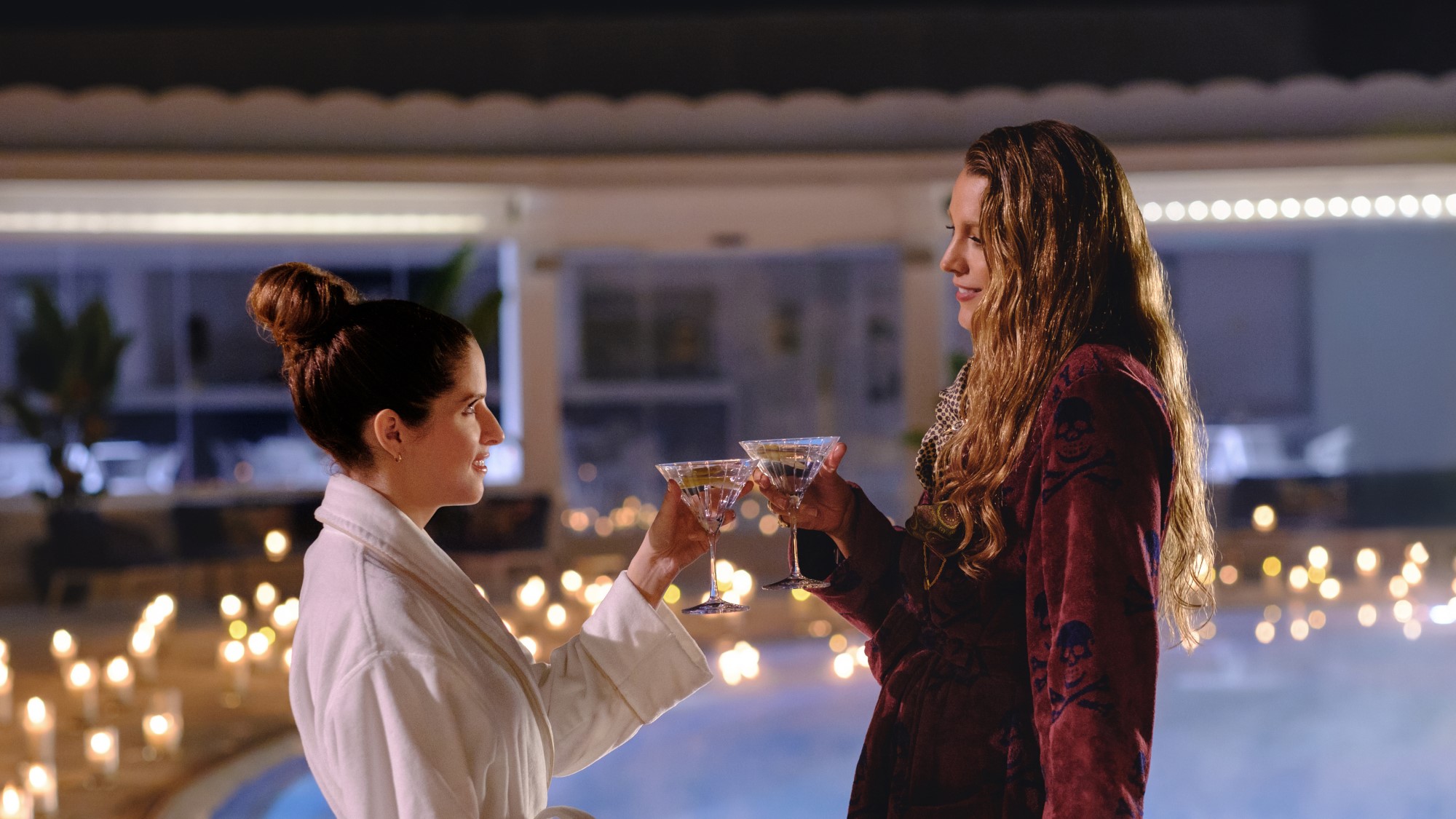What to Watch Verdict
In its second season, Too Hot to Handle delivers a far more realized reality show than its half-baked first outing.
Pros
- +
🍆 The contestants are extra randy and extra rebellious.
- +
🍆 Less workshops mean more time for drama.
- +
🍆 There's just enough heart to get you invested.
Cons
- -
🍆 A lack of stakes leads to a lack of direction.
- -
🍆 No one watches this show for the workshops.
“If the last year of lockdown has taught us anything, it’s that deeper connections are more important than ever, right?... Wrong! It just means that the players and playettes of the world are hornier than ever.”
That’s how narrator Desiree Birch kicks off the second season of Netflix’s delightfully trashy Too Hot to Handle, the dating show that attempts to force its contestants into forging real emotional connections by banning sexual contact of any kind. When the series first debuted in April 2020 in the early days of lockdown, there was a surreal relatability in watching the sexy singles struggle to cope with the imposed celibacy and lack of physical contact that they were used to. But now Too Hot to Handle’s sophomore outing taps into the zeitgeist in a completely different way, chaotically capturing the out-of-control steaminess of the post-vaccine summer.
Once again, Too Hot to Handle’s casting directors did exceptional work in rounding up some of the most sex-crazed individuals ever seen on TV. (“I’m like a set of open legs. What you see is what you get,” one contestant describes herself in the intro package.) Producers lure these lascivious twentysomethings to a villa in the Turks and Caicos under the guise of filming a no-holds barred reality show, Parties in Paradise, complete with comedian Jeff Dye acting as the host for the fake series. But, after a few hours of flirting, the series’ real host, the A.I. cone Lana, is revealed and drops the bombshell that any sexual contact, including masturbation, will result in a reduction of the shared $100,000 prize money. It’s as devious and delightful for viewers to watch as it is disastrous for contestants to experience.
The communal nature of the prize pool is a driving key to the show’s success, as it creates an incentive for the contestants to police each other (and themselves) while working toward the show’s contrived goal of self-actualization. Or at least, that’s how it’s supposed to work. If there is one message to take away from Too Hot to Handle season 2 it’s not that everyone is capable of change, it’s that if you give twentysomethings who have been quarantined for months the option of receiving a few thousand dollars later or a sexual act right now, a large number will choose the latter!

After these lotharios initially ignore Lana’s rules and try doing things their way — stealing kisses or, in one case, pleasuring themself in the bathroom while friends guard the door (😱) — the novelty quickly wears off and they’re left wondering whether any of it has been worth it. It’s at this point that the real show begins, and it's when Too Hot to Handle begins to showcase its heart. Forced to bear witness to the consequences of their actions, both in the financial hit on the prize money and in their continued proximity to the people they’d typically cast aside, most of the contestants realize that maybe Lana is onto something when she talks about prioritizing emotional intimacy over sex and most decide to give the show’s mission of self-improvement a real go.
As they attempt to put their promiscuous ways in the past, Lana devises new ways to test their commitments to self-growth and to their partners, leading to several setbacks, many highly entertaining events, and some surprisingly heartfelt scenes. Though we have close to zero faith in anyone on this show exhibiting lasting change in how they conduct relationships outside of this competition, there are just enough moments of true self-reflection and emotional vulnerability to make you deeply invested in these couples and hoping they find ways toward genuine happiness.
However, the more Too Hot to Handle tries to force its message of emotional intimacy down viewers’ throats, the more the show suffers. The cornball workshops the contestants partake in are thankfully less common in the show’s expanded second season (up from eight episodes to 10), but they often disrupt the momentum of the storytelling and deliver very little pay-off. The series would be better off finding ways to inspire contestants’ commitment to the mission by raising the stakes of the competition, such as by having them repeatedly do elimination votes to reward those who are developing deeper connections and to eliminate those who are either floating along (or wasting money).
Despite these problems, Too Hot to Handle remains highly watchable in its second season. And there’s something wonderful about escaping into this world where self-enlightenment is so easily achievable — just by abstaining from sex for a few days — but that also celebrates the sexiness of Summer. It’s a strange duality that doesn't always blend effortlessly together, but this kooky mix is precisely what sets Too Hot to Handle apart from other reality shows of its ilk. So, while Too Hot to Handle may be far from the best of Netflix’s reality competition series, it is hands down the perfect one for right now.

